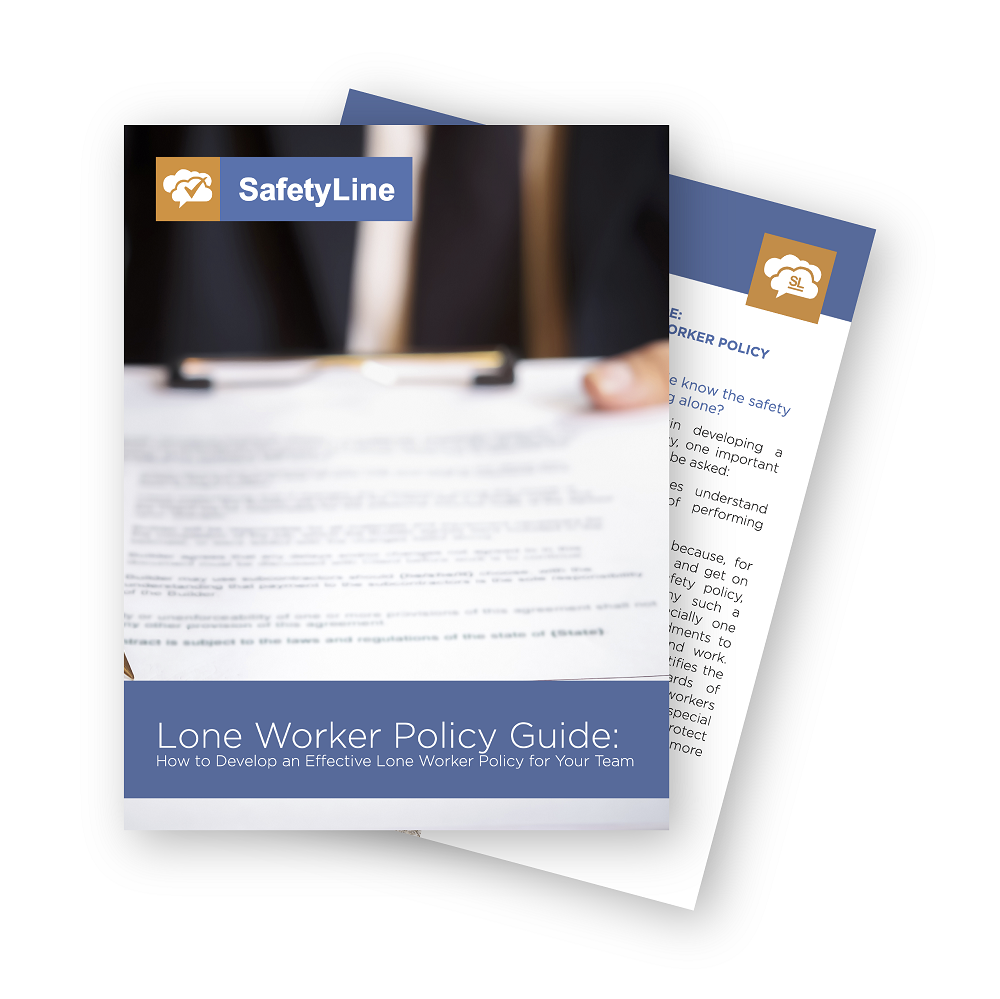Featured Resources
Lone Worker Policy Guide and Template
A lone worker policy is an effective way to ensure that your lone workers are well-educated on your company’s work-alone rules and have extensive knowledge of all workplace hazards that could be encountered on the job.
Hazard Assessment Guide
In the process of doing a hazard assessment for your workplace, it is almost a certainty you’ll learn information about the operational aspects of your organization you were unaware of before the assessment.
View eBook
Develop a Free Lone Worker Program for Small Teams
Developing a free lone worker check-in system is a simple process for small teams that any organization can implement.
View eBook
SafetyLine Blog Categories
General Safety | Lone Worker Safety | SafetyLine News and Updates | SafetyLine Product Updates | Compliance, Policy, and Regulations | Downloadable Resources |
Can I Refuse to Work Alone in Unsafe Working Conditions?
Wherever we work, there are going to be occupational hazards that test our safety and security. It doesn’t matter if you’re working in a wastewater treatment plant or if you’re a home healthcare worker in a patient’s home – there will be safety hazards, big and small. But when you work alone, the risk of those safety hazards is elevated because there isn’t a coworker nearby to get or provide emergency aid if you get injured. “Lone working” can be defined as performing a task by yourself, without help readily available if you are in trouble.
A Lone Worker Policy Guide: Create a Safety Policy for Your Lone Workers in Your Organization
It is no secret that lone workers are faced with infinitely more risks than many other workers within a company, given the isolated nature of their work. Any organization that employs lone workers must provide those workers with the necessary knowledge and tools to work safely. A lone worker policy is an effective way to ensure that your lone workers are well-educated on your company’s work-alone rules and have extensive knowledge of all workplace hazards that could be encountered on the job. It’s a useful tool that ensures both employers and employees know the risks
What do Your Remote and Lone Workers Want - When They Return to Work in 2021
The safety needs of your team can be complicated and sometimes costly. But as the employer, it is your responsibility to provide everything possible to protect your staff who, in some cases, may be putting their safety at risk to do their job. Include the added layer of COVID-19 protection and the requirements of your workers become significantly more challenging and complex as you are now looking at not only safety and mental health needs, but what is essential to increased remote work and considerations around new social distancing guidelines.






